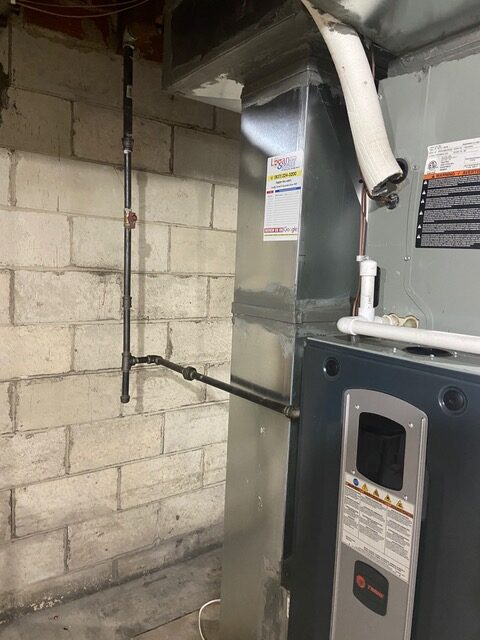Leading furnace installation services near you for optimal heating systems
Leading furnace installation services near you for optimal heating systems
Blog Article
The Ultimate Overview to Heater Installment for a Cozy Home
Heater installment is an essential element of preserving a comfortable home setting, particularly throughout the chillier months. As you consider these variables, the concern stays: what steps can you take to guarantee your heater serves you well for years to come?
Types of Heating Systems

Gas heating systems are one of the most common option due to their performance and lower functional prices. They make use of gas or lp, offering fast home heating and constant performance, making them excellent for cooler climates.
Electric furnaces, while usually simpler to install and preserve, often tend to have higher operational costs. They are usually preferred in areas where gas service is inaccessible or for homes with existing electrical infrastructure.
Oil furnaces, though less usual today, remain a viable choice in particular areas. They shed home heating oil, which can be advantageous during cooler months, yet their reliance on oil shipment postures potential difficulties.
Additionally, there are high-efficiency models available throughout these kinds, which can dramatically reduce power usage and energy costs - furnace installation. Ultimately, recognizing these heater kinds will help home owners select a system that aligns with their heating needs, budget plan, and power choices
Selecting the Right Dimension
Selecting the proper size for a furnace is important to making certain ideal performance and energy performance. An undersized furnace will have a hard time to keep comfortable temperature levels during the cool months, leading to boosted damage, greater power costs, and possible system failing. Conversely, a large furnace might cycle on and off as well often, resulting in ineffective heating and irregular temperature circulation within the home.
To figure out the correct heating system size, a computation called the Guidebook J tons estimation should be performed. This process evaluates various elements, consisting of the square footage of the home, insulation degrees, window sizes, and neighborhood climate conditions. This thorough evaluation ensures that the furnace satisfies the particular home heating needs of the space.

Setup Process Review
In regards her explanation to materials, you will certainly require ductwork, insulation, and securing tape to guarantee optimal air flow and power effectiveness - furnace installation. It is additionally crucial to have a brand-new furnace filter handy, in addition to airing vent materials, such as PVC pipeline or metal flue, relying on the kind of heating system being mounted
Safety tools, consisting of gloves, safety glasses, and a face mask, is likewise crucial to protect against dust and particles during setup. Having all these tools and products conveniently available not only enhances the procedure yet also boosts the safety and security and efficiency of the furnace setup.
Upkeep Tips for Durability
To make sure the long life of your furnace, it is important to execute a routine upkeep schedule that addresses key elements of the system. redirected here Start by replacing or cleansing the air filter every one to three months, as a clogged filter can restrict airflow and lower performance. Additionally, check and cleanse the blower assembly to stop dirt build-up that can hinder performance.
Following, check the thermostat setups and rectify if required to guarantee precise temperature regulation. Evaluate the ductwork for leakages or clogs, as this can bring about energy loss and uneven home heating. Regularly lube the motor and bearings according to the supplier's recommendations to reduce damage.
Expert evaluations ought to occur annually, where a certified specialist can examine the heating system's total condition, check for gas leakages, and guarantee that security functions are working properly. Consider setting up a programmable thermostat to maximize energy use and preserve consistent home temperatures. By embracing these maintenance methods, you can boost your heating system's effectiveness, prolong its life expectancy, and ultimately enjoy a comfy and comfortable home setting.
Final Thought

Report this page